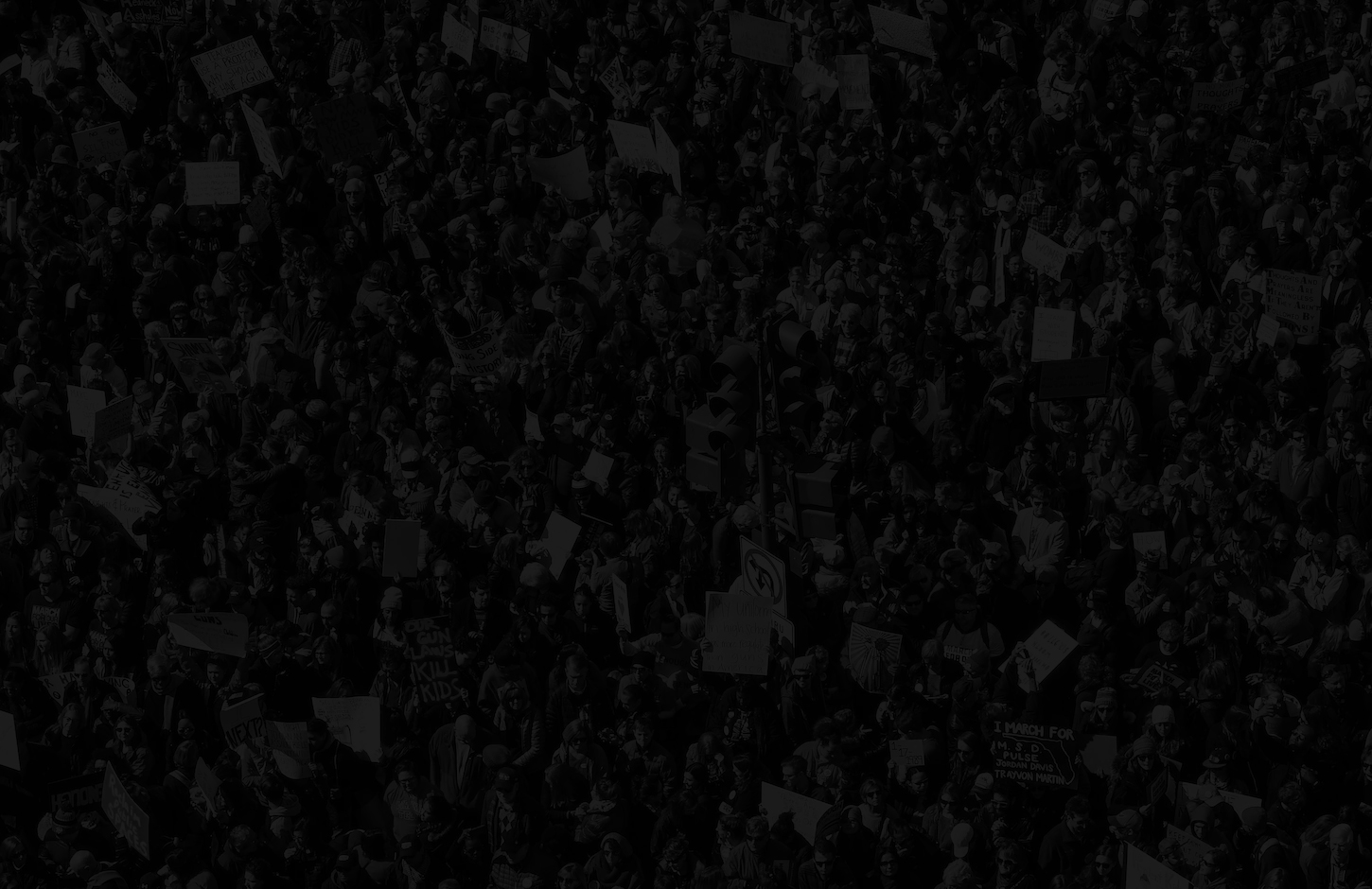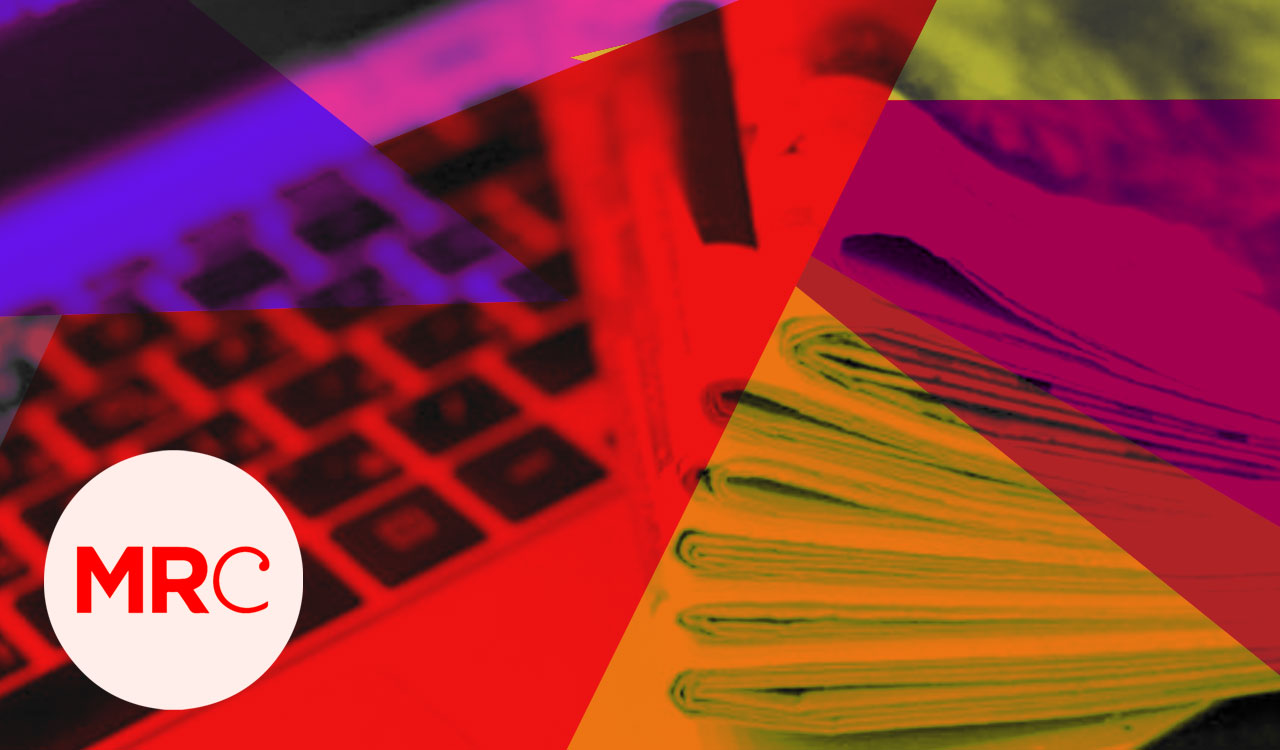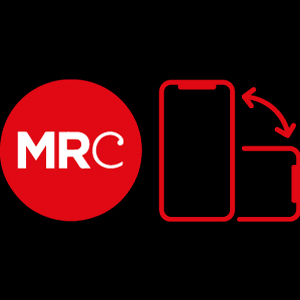Re-published from Open Democracy
Front-paging dawn raids, trumpeting censorship, smearing suspects and biasing the jury… The UK’s top-selling daily has terrifying influence over Britain’s police force, legal system, politicians, and press. But now the world it has helped to create may be turning against it.
So, Trevor Kavanagh is complaining↑ that Sun journalists have been ‘treated like members of an organised crime gang’, having been ‘needlessly dragged from their beds in dawn raids, arrested and held in police cells while their homes are ransacked’. Presumably, then it was a photographer from a different Sun who was conveniently on hand when around 30 officers raided the home of Harry Redknapp at 6 am on 29 November 2007, as reported by the Guardian last week↑ .
Anyway, whilst it’s nice to welcome Kavanagh to the ranks of those who have long criticised the inappropriate use of this deliberately intimidating, not to say terrifying, tactic on the part of the police, it would be very interesting to know on how many other such occasions journalists and photographers from the Sun have been taken along in tow. It would also be good to hear whether he thinks the ensuing gung-ho reporting of police derring-do in the paper has actually helped to legitimise, not to say encourage, these macho shows of strength which are now such a regular feature of law enforcement.
It’s also good to know that Kavanagh believes that people should be regarded as innocent until proven guilty. As he points out: ‘it is important that we do not jump to conclusions. Nobody has been charged with any offence, still less tried or convicted’. But again, he presumably works for a different Sun from that which, at the start of the trial of Winston Silcott in January 1987 for the murder of PC Keith Blakelock, a trial in which identification was a substantial issue, printed a front page picture of Silcott, taken by a police photographer, under the headline ‘Face of Man in Riot PC Murder Charge’. As Silcott’s solicitor Andrew Hall said: ‘There could have been no clearer way of telling the jury that whatever the evidence, Silcott was the man they had to convict’ (quoted in David Rose, A Climate of Fear, Bloomsbury 1992: 134). And a different Sun again from that which greeted Chris Mullin’s heroic efforts on behalf of the wrongly convicted Birmingham Six with the headline ‘Loony MP Backs Bomb Gang’ and the sentiment that ‘if the Sun had its way, we would have been tempted to string ‘em up years ago’. Indeed, as Mullin himself has noted in Error of Judgement (Poolbeg Press1997: 405), the paper’s coverage of the Six since their release all too clearly demonstrates that it has never come to terms with their innocence, and the same is equally true of its coverage of Winston Silcott after his conviction was quashed.
Kavanagh also complains that Britain has dropped to 28th in the International Freedom of Speech league table. However, as Des Freedman has discussed, perhaps one of the reasons why sections of the British media, and especially the broadcast media, are not as free as one would like is that every time they exercise their freedom in a way of which Murdoch and his henchmen disapprove, the Sun calls for them to be gagged or even dismembered. Here, out of literally dozens of possible ones, are just three examples of this process at work.
On 31 January 1987, the offices of BBC Scotland were raided by Special Branch, and all material relating to Duncan Campbell’s Secret Society series seized. The Sun’s reaction to this Stasi-like behaviour was not to criticise this shocking exercise of state power against the media but to run an editorial on 3 February headed ‘Who Cares?’ in which it opined that ‘the Beeb have only themselves to blame. Again and again – and notably over the Falklands and the IRA – they have shown they cannot be trusted to defend the national interest. It was monumentally irresponsible to employ a left-wing journalist whose sole purpose in life seems to be to undermine our security services’.
On 28 April 1988, Thames Television showed Death on the Rock, a documentary about the killing in Gibraltar of three IRA members by the British security services, which had the temerity to question the official view of events. The programme and its makers became the targets of a truly vicious campaign of abuse and disinformation by the Murdoch press, in which The Sunday Times played the leading role, taking the government’s side against the broadcasters. But the Sun also joined the attack, and on 29 April, under the headline ‘Blood on Screen – Thames’ Cheap Telly Scoop is Just IRA Propaganda’, it lambasted the Independent Broadcasting Authority for not banning the programme, bellowing that ‘under the quivering geriatric chairmanship of ex-Dandy editor Lord Thomson, it does not merely lack teeth. It has not a fibre of strength or guts in its entire being’. The paper went on to smear one of the programme’s chief witnesses, Carmen Proetta, as ‘The Tart of Gib’, a calumny for which it was to pay dearly in the libel courts.
On 25 November 1993, in the wake of the trial of the two boys who killed James Bulger, the Sun published an article which purported to show the ‘chilling links between James murder and tape rented by killer’s dad’. The film was the horror flick Child’s Play 3, but the alleged ‘links’ depended for their validity entirely on a description of the film’s plot by the Sun which quite simply distorted it out of all recognition. Nothing daunted, however, the following day’s front page headline read ‘For the Sake of ALL Our Kids … Burn Your Video Nasty’. The result of all this hysterical clamour (in which, it must be admitted, the Sun was joined by other papers), was that in 1994 the Video Recordings Act 1984, which had been helped onto the statute book in the first place by lurid stories about ‘video nasties’ in papers such as the Sun, was tightened up still further, giving the UK the strictest video censorship in the EU outside of the Republic of Ireland.
Newspapers routinely calling for the censorship of other media is a paradoxical and extremely distasteful sight, and it is one which casts a good deal of doubt on the sincerity of their demands before Leveson that press freedom must be protected above all else. Press freedom is but one aspect of media freedom in general, and if newspapers cannot see the stark contradiction in calling for their own freedom to be defended whilst bawling for the censorship of other media, then the clock really has struck thirteen.
Kavanagh worries that we may be heading for ‘a Press that has been bullied by politicians into delivering what they, not the readers, think fit’, but the real problem is that in papers like the Sun we have a press which, using its considerable political muscle, wants to bully liberal newspapers and other media of which it disapproves into not delivering what the Sun doesn’t think fit.



